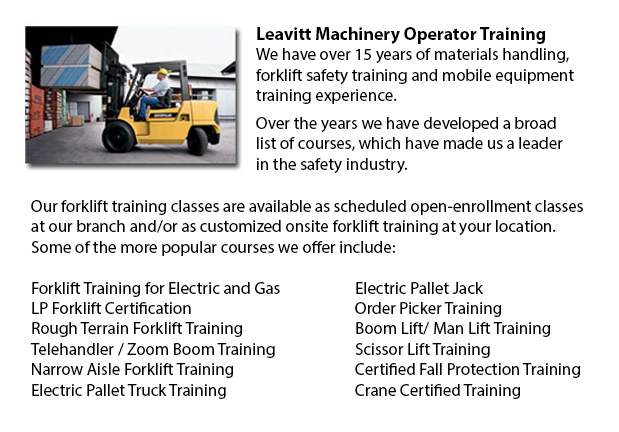
Boom Trucks Training Prince Albert - A boom truck is frequently recognized by the cable and telephone company vehicles that have the elongated arm folded over their roofs. Typically, a bucket-like apparatus sits at the extension of extendable arms. Normally known as a cherry picker, or an aerial boom truck, a bucket truck has an extendable boom mounted the roof or bed. It is capable of transporting employees to the top of a phone or utility pole. Bucket boom lift trucks have a hauling capacity of roughly 350 lbs to 1500 lbs or 158 kg to 680 kg plus they are able of extending the bucket up to 34 feet or to around 10 meters into the air.
Heavy equipment boom vehicles or construction boom vehicles might have a crane attached to the back. These cranes known as knuckle booms may be undersized and compact or be of the trolley boom variety, where the hoist is able to extend the span of the vehicle bed. Crane boom trucks have a lifting capability between 10 to 50 tons or approximately 9 to 45 metric tons.
A different adaptation of boom truck is the concrete boom, which have a pipeline with a nozzle at the end of the vehicle to pump concrete and other materials. The locations where these materials need to be deposited is commonly inaccessible to the truck or is stationed at a great height, consequently, the boom of a larger concrete boom vehicle may well be extended 230 feet or roughly 71 meters. The vehicle then pumps the material through the boom precisely depositing it into the space where it is required.
Fire departments are outfitted with a lengthy container boom used to raise firefighters to the high floors of a building. Once in place, this boom permits them to direct water onto a fire or to rescue ensnared victims. Many of the older hook and ladder trucks have been replaced with contemporary boom trucks.
There is in addition a miniature self-propelled boom vehicle, analogous to a forklift that is existing on the market for sizable warehouses or production facilities. These mini boom vehicles may elevate employees to upper storage areas or to the ceiling of the building. They are far safer and more steady than utilizing an extension ladder for the identical application.
-
Komatsu Forklift
Komatsu Forklift Training Prince Albert - Komatsu Forklift U.S.A. Inc. has a very good reputation for building reliable and resilient lift trucks. Komatsu is renowned around the world as a business with a rich heritage while retaining an outstanding... More -
Pneumatic Forklifts
Pneumatic Forklifts Training Prince Albert - Pneumatic lift trucks are known as pallet vehicles or pump trucks and are broadly used in warehouses and shipping plants to transport materials on pallets. Pneumatic forklifts comprises a set of metal fork... More -
Genie Forklift
Genie Forklift Training Prince Albert - Genie is a universally predictable corporation that enjoys the spirit of alliance with their extensive network of connected customers. Genie Industries prides itself on the idea of bringing materials and people... More -
Boom Lifts
Boom Lifts Training Prince Albert - Boom lifts are machinery that has a platform that can be lowered or lifted to various heights, thus making this piece of equipment an important requirement in a wide range of professions. Accessible in many differe... More -
Rough Terrain Forklifts
Rough Terrain Forklifts Training Prince Albert - There are in reality two categories of forklifts within the production industry, the rough terrain model and the industrial version. Rough terrain forklifts appeared in the 1940's intended primarily fo... More

Forklift Certification Prince Albert
TOLL FREE: 1-888-254-6157
Prince Albert, Saskatchewan
forkliftcertificationprincealbert.com
Email Us
About Us


